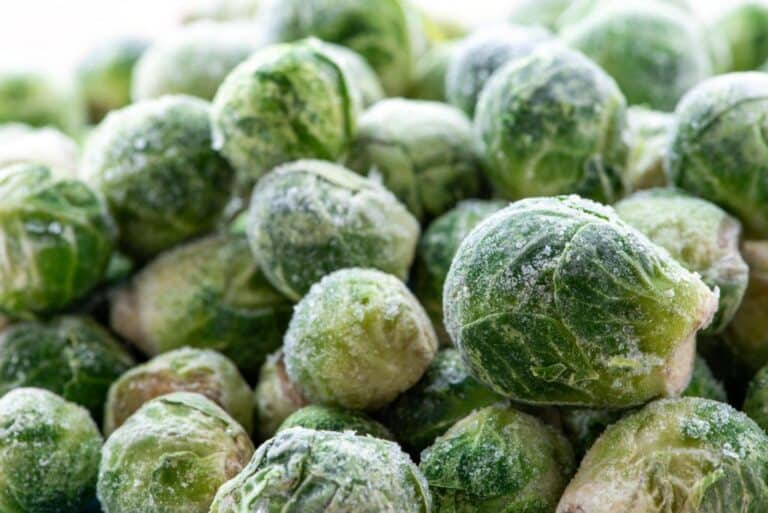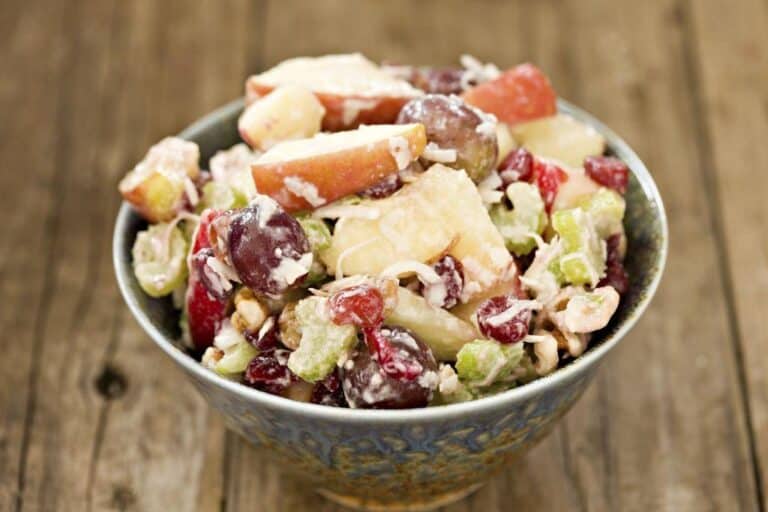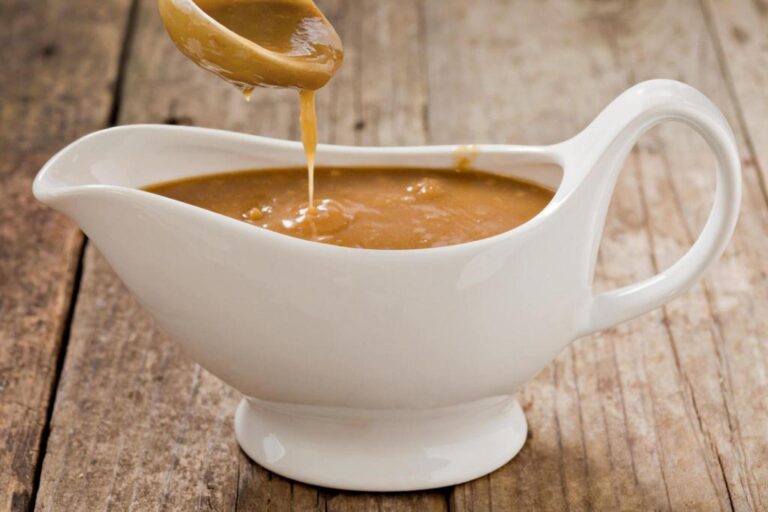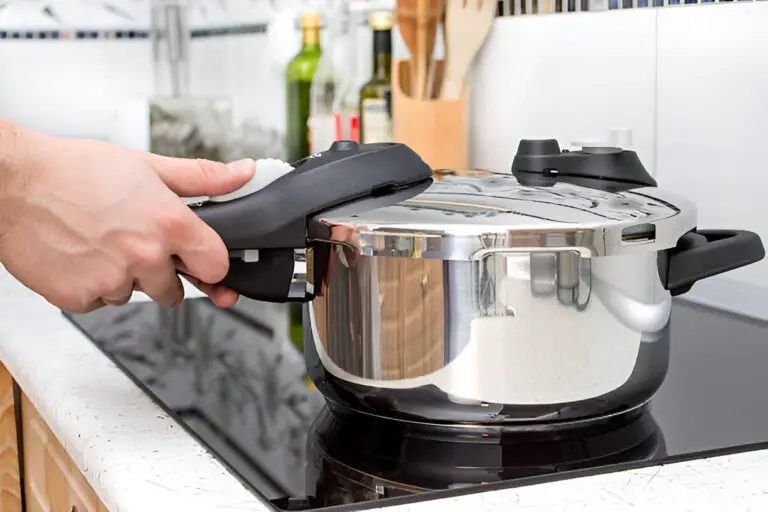Can You Boil Almond Milk for Hot Chocolate? Guide to the Perfect Winter Beverage

I’ve always loved a warm cup of hot chocolate on a chilly winter evening. It feels like a hug in a mug, doesn’t it? But for those of us who are either lactose intolerant, vegan, or simply exploring plant-based alternatives, finding the right milk can be a bit of an adventure.
When almond milk entered my life, I naturally wondered: Can you boil almond milk for hot chocolate? Well, after a few experiments, I found the answer is a hearty “Yes!” Let me walk you through everything you need to know about boiling almond milk for that perfect hot chocolate.
Why Almond Milk is a Great Choice for Hot Chocolate
I’ve always liked almond milk for its nutty, light flavor. Not only is it a great dairy-free alternative, but it also complements the richness of chocolate in a way that’s absolutely delicious. Plus, almond milk is lower in calories compared to cow’s milk, making your hot chocolate a relatively guilt-free indulgence (because who doesn’t need that excuse?).
But, can you just toss almond milk on the stove and boil it like regular milk? Here’s the scoop: you can boil almond milk, but with a little finesse. Too much heat, and you risk ruining its texture, flavor, and even its nutrients. Let’s dive into the details so you can avoid a kitchen disaster!
The Nutritional Power of Almond Milk
Almond milk isn’t just a tasty alternative; it’s also packed with nutrients, especially when fortified. I often grab the store-bought version because it’s typically fortified with calcium, vitamins D, and E—essential nutrients that can boost your daily intake, especially if you’re steering clear of dairy.
Here’s a quick look at what a cup of fortified almond milk offers:
| Nutrient | Amount per Cup |
| Calories | 30-60 calories |
| Calcium | 30% of daily value |
| Vitamin D | 25% of daily value |
| Vitamin E | 50% of daily value |
| Protein | 1g (minimal) |
| Fat | 2.5g |
Now, if you’re making almond milk at home, the nutrient profile might vary. Homemade almond milk is more natural but often lacks the added vitamins and minerals of its store-bought counterpart. Either way, it’s lower in calories and fat compared to cow’s milk, making it a lighter choice for hot chocolate.
Can You Boil Almond Milk? Here’s How to Do It Without Ruining It
Boiling almond milk isn’t like boiling water—it requires a bit more TLC. The key here is gentle heat. Almond milk has a lower tolerance for high temperatures compared to dairy milk. If you’ve ever boiled almond milk too aggressively, you probably noticed it scorched or even curdled. Not fun. Let’s avoid that drama, shall we?
Here’s how I do it:
- Measure your almond milk: Use your favorite mug to measure out how much almond milk you’ll need. I always add a little extra because some evaporates during the heating process.
- Pour into a saucepan: If you want to be extra careful, use a double boiler. This helps prevent direct heat exposure, reducing the risk of burning.
- Turn up the heat—but gently! Start with medium heat, but keep an eye on it. Almond milk heats up fast and can quickly burn.
- Simmer, don’t boil: Unlike dairy milk, you don’t want almond milk at a rolling boil. Heat it to around 150°F (that’s when it starts to steam but not bubble aggressively). Stir constantly, and you’ll avoid that bitter, burnt taste.
- Add the chocolate: Once your almond milk is nicely warmed and slightly thickened, toss in your chocolate (dark chocolate is my go-to for a rich flavor). Stir until melted, and voila!
- Remove from heat: Immediately after it simmers, take it off the heat to prevent scorching.
- Pour and enjoy: Now, the best part—pour your creamy hot chocolate into your mug and enjoy that moment of pure bliss.
| Check out: Is Almond Milk a Suitable Substitute for Buttermilk in Baking? |
What Happens to Almond Milk’s Texture When You Heat It?
This is where things get interesting. Heating almond milk changes its texture. It goes from being a thin, watery liquid to a slightly thicker, creamier consistency. Think of it as giving your almond milk a bit of a winter coat. This thickened texture is perfect for hot chocolate, as it makes the drink feel more indulgent and satisfying. However, too much heat or boiling for too long can cause the milk to separate or turn gritty. That’s why it’s so important to simmer it gently, not bring it to a full-on boil.
Taste Test: Boiled vs. Unboiled Almond Milk
When it comes to making hot chocolate, the choice between boiled and unboiled almond milk can significantly influence the flavor. Boiled almond milk often presents a creamier, more robust taste, which some may describe as richer and more decadent.
The gentle heat transforms the nutty flavor of almond milk, bringing out its natural sweetness and enhancing the overall chocolate experience. In contrast, unboiled almond milk retains a lighter, fresher taste that may feel more refreshing but can also lead to a thinner hot chocolate that lacks the depth many seek.
To get a better understanding of these flavor profiles, I conducted a taste test with some fellow hot chocolate enthusiasts. Their feedback revealed distinct preferences. While some loved the comforting richness of boiled almond milk, others preferred the brightness and freshness of unboiled milk. Here’s a quick overview of their thoughts:
| Preference | Taste Description |
| Boiled Almond Milk | Rich, creamy, and slightly sweet |
| Unboiled Almond Milk | Light, nutty, and refreshing |
When Should You Opt for Almond Milk in Hot Chocolate?
Almond milk’s light, nutty flavor pairs beautifully with chocolate. Whether you’re vegan, lactose intolerant, or simply looking for a lighter, plant-based option, it’s a stellar choice. If you’re like me, and the thought of dairy milk makes your stomach turn, almond milk offers a kinder, gentler alternative. Plus, it’s lower in calories, so you can sip guilt-free.
But, I have to warn you—if you’ve got a tree nut allergy, almond milk is a no-go. Stick with another plant-based milk like oat or soy. Otherwise, almond milk is a great choice for a healthier, comforting cup of hot chocolate.
| Read: Is Curdling a Sign of Spoiled Almond Milk? |
Why Almond Milk Makes Hot Chocolate Even Better
Low Calories, High Satisfaction:
Almond milk’s lower calorie content means you can indulge in hot chocolate without feeling weighed down. Whether you’re following a vegan or keto diet, it’s a perfect fit.
Light and Creamy:
It doesn’t have the same richness as dairy milk, but sometimes that’s a good thing! It makes the hot chocolate feel light yet satisfying—like a warm blanket that doesn’t smother you.
Flavor Flexibility:
Almond milk has a mild flavor, so it lets the chocolate shine. Want to add a little cinnamon or vanilla extract? Go ahead! Almond milk is a neutral base that won’t overpower the additional flavors.
How Does Boiling Almond Milk Affect its Taste?
If you’ve ever overcooked something, you know how heat can alter flavors—and almond milk is no exception. Boiling almond milk for too long or at too high a temperature can create a burnt, bitter flavor. When done right, though, heating almond milk gently enhances its natural sweetness. This makes for a smooth, velvety hot chocolate experience that’s light yet indulgent.
| Read: Can I Use Almond Milk Powder Instead of Liquid Almond Milk? |
Final Thoughts: The Perfect Cup Every Time
In my quest for the perfect hot chocolate, almond milk has quickly become my go-to dairy alternative. You can absolutely boil almond milk for hot chocolate—just treat it with care. Gentle heating will help maintain its creamy texture and light flavor, making your hot chocolate rich, smooth, and irresistible.
Whether you’re vegan, lactose-intolerant, or just curious about plant-based milk, almond milk creates a comforting, warm treat that fits just about any diet. So, next time winter rolls around, grab that almond milk, some good-quality chocolate, and whip up a cup of magic.
Quick Recap:
| Steps for Perfect Almond Milk Hot Chocolate | Key Tip |
| Heat almond milk slowly over medium heat | Avoid a rolling boil |
| Stir constantly | Prevent burning or curdling |
| Add chocolate once simmered | Use dark chocolate for rich flavor |
| Remove from heat once the milk thickens slightly | Retain nutrients and flavor |
So, go ahead, give almond milk a whirl in your next hot chocolate recipe, and sip your way through winter!






